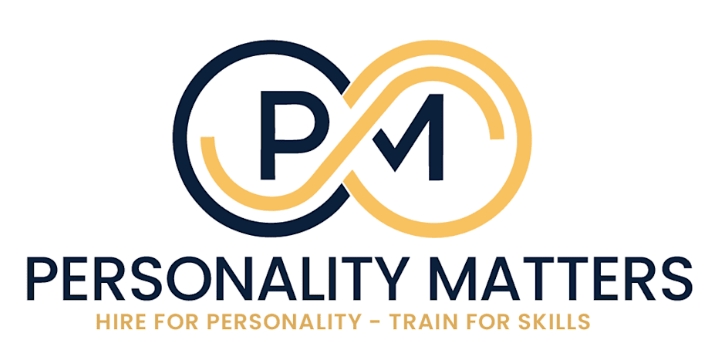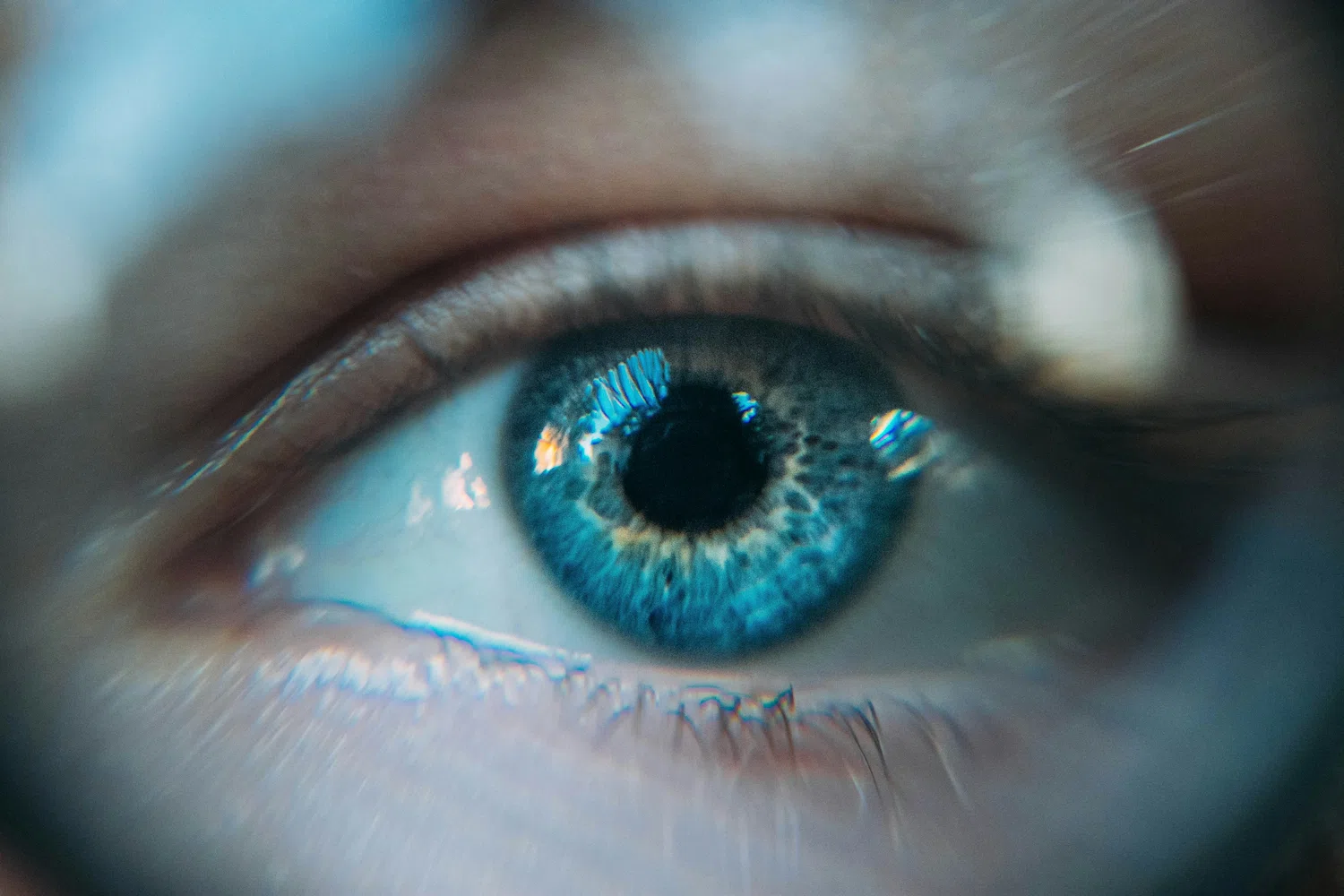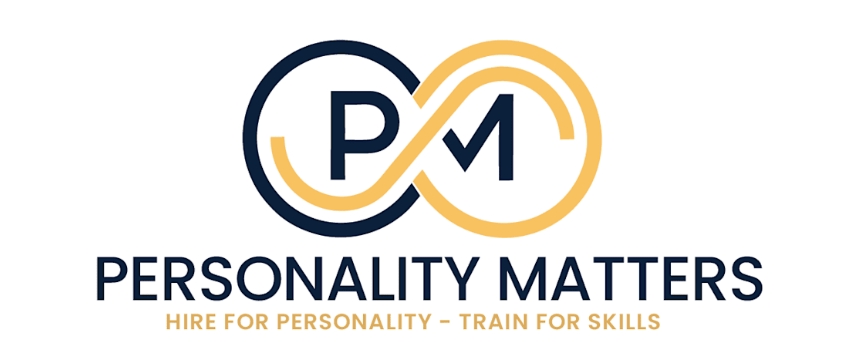🌿 Steps to Do Inner Healing for a Fulfilled Life
In today’s fast-paced world, it’s easy to ignore the emotional wounds we carry inside. These inner scars—from past trauma, unprocessed grief, negative self-beliefs, or toxic relationships—can silently shape our lives, impacting how we think, feel, and connect with others. Inner healing is not a luxury—it’s a necessity for living a peaceful, purpose-driven, and fulfilled life.
Here’s a step-by-step guide to help you begin your inner healing journey:
1. Acknowledge That Healing Is Needed
The first and most powerful step is to recognize that you are carrying pain or emotional baggage. Denial only delays healing. Pay attention to repeating patterns in your life—whether in relationships, career, or your self-talk—that point to unresolved wounds.
💡 Ask yourself: What part of me feels broken or stuck?
2. Create a Safe Emotional Space
Healing requires a sense of safety. Whether it’s journaling alone, talking with a trusted friend, or working with a therapist, choose an environment where you can express yourself without judgment.
🔒 Emotional safety is the foundation of vulnerability—and vulnerability is where healing begins.
3. Practice Self-Compassion
You cannot heal through self-criticism. Be gentle with yourself. Understand that every decision you’ve made was the best you could with the awareness you had at the time.
🧘♀️ Tip: Try saying aloud, “I forgive myself. I am doing my best, and that is enough.”
4. Identify Root Causes
Go deeper than surface-level symptoms. Is your fear of abandonment rooted in childhood neglect? Is your anger a mask for unacknowledged grief? Use tools like:
Inner child work
Guided meditation
Therapy or coaching
Journaling prompts
📝 Journal Prompt: “What is the earliest memory I have of feeling unloved or unsafe?”
5. Release Suppressed Emotions
Healing often means allowing yourself to feel what you’ve avoided for years. Cry. Scream. Write a letter you’ll never send. Expressing suppressed emotions is a form of emotional detox.
🌊 Emotions are energy. When you suppress them, they stagnate. When you release them, you heal.
6. Rewire Limiting Beliefs
Emotional wounds often lead to negative self-beliefs: “I’m not enough,” “I’ll always be hurt,” or “I don’t deserve happiness.” Challenge and reframe these beliefs consciously.
✨ Replace: “I am not lovable”
With: “I am worthy of love just as I am.”
7. Forgive—Yourself and Others
Forgiveness is not about condoning wrongs; it’s about freeing yourself from the chains of resentment. Forgiveness is a gift you give yourself, not the other person.
❤️ Forgiveness is not forgetting. It’s remembering without pain.
8. Integrate and Reconnect with Your True Self
As you heal, you’ll start to feel more whole. Your energy shifts. You stop reacting out of pain and start responding from peace. This is your authentic self—the version of you untouched by trauma or conditioning.
🌱 Fulfillment begins where fragmentation ends.
9. Maintain the Healing Process
Healing is not a one-time event. It’s a lifelong process. Incorporate habits that support emotional wellness:
Daily mindfulness
Gratitude practice
Setting healthy boundaries
Continued inner work and reflection
🛤 Healing is a journey. Be patient and stay consistent.
Words Of Wisdom
Inner healing may feel uncomfortable at first, but it is the most courageous and rewarding journey you can take. When you choose to heal, you not only change your life—you shift the lives of those around you. The more you reclaim your wholeness, the more fulfilled and aligned your outer life becomes.
🌟 Remember: Healing is not about becoming someone new. It’s about returning to who you were before the world told you who to be.














